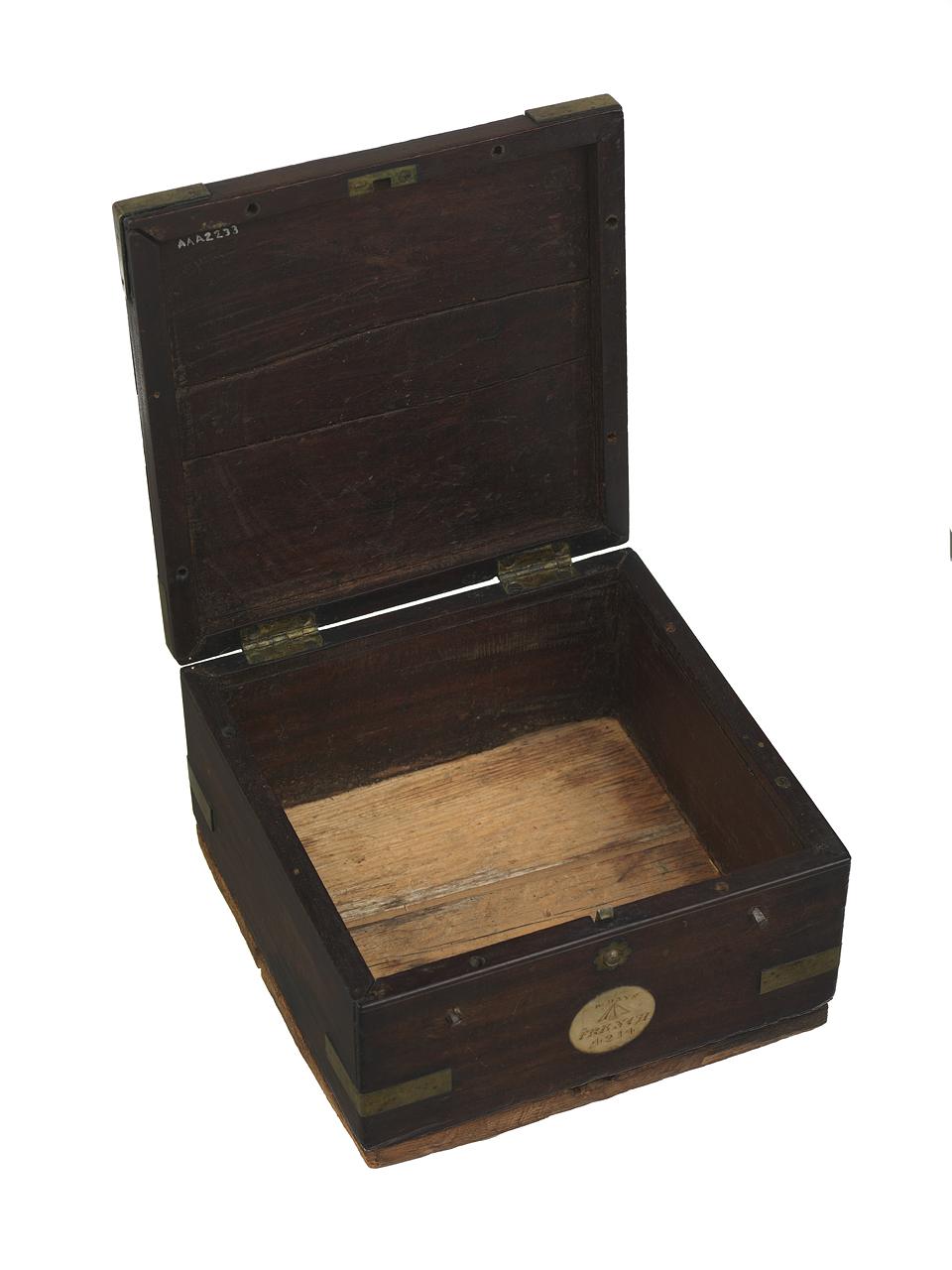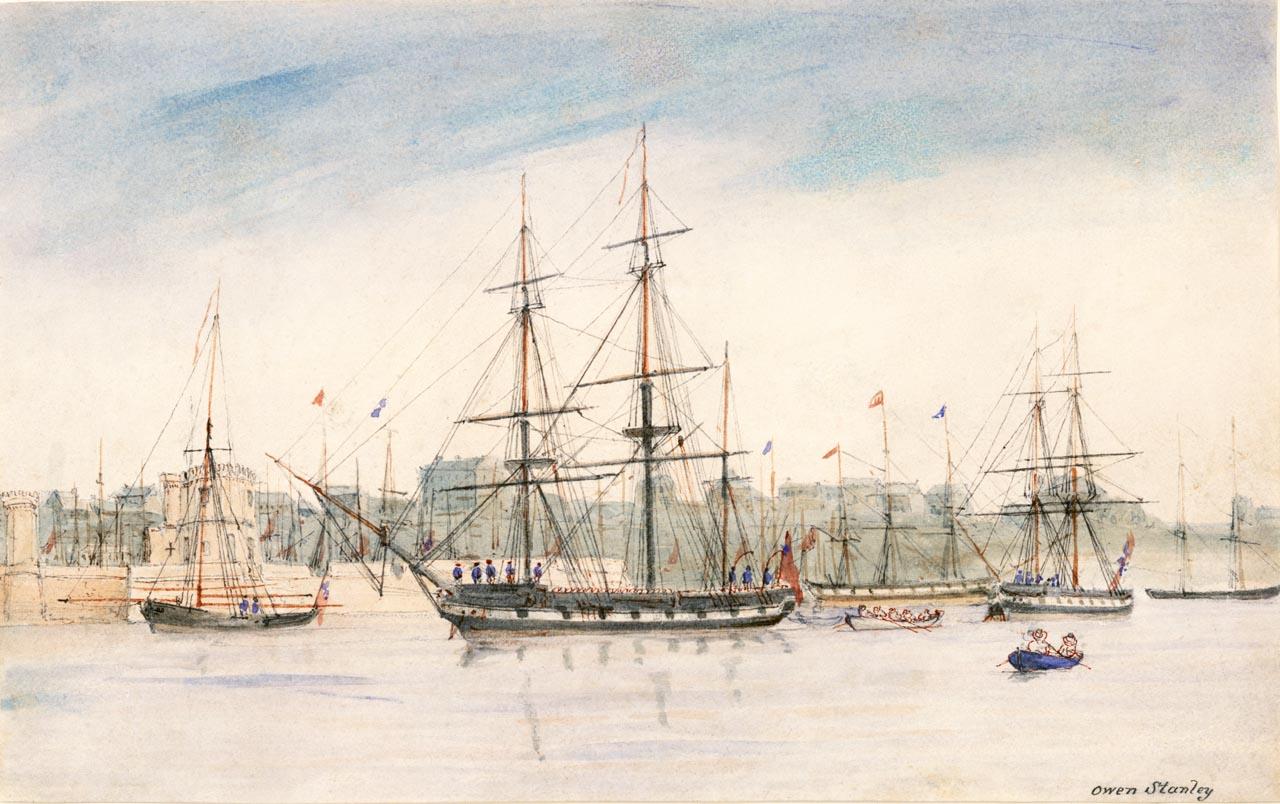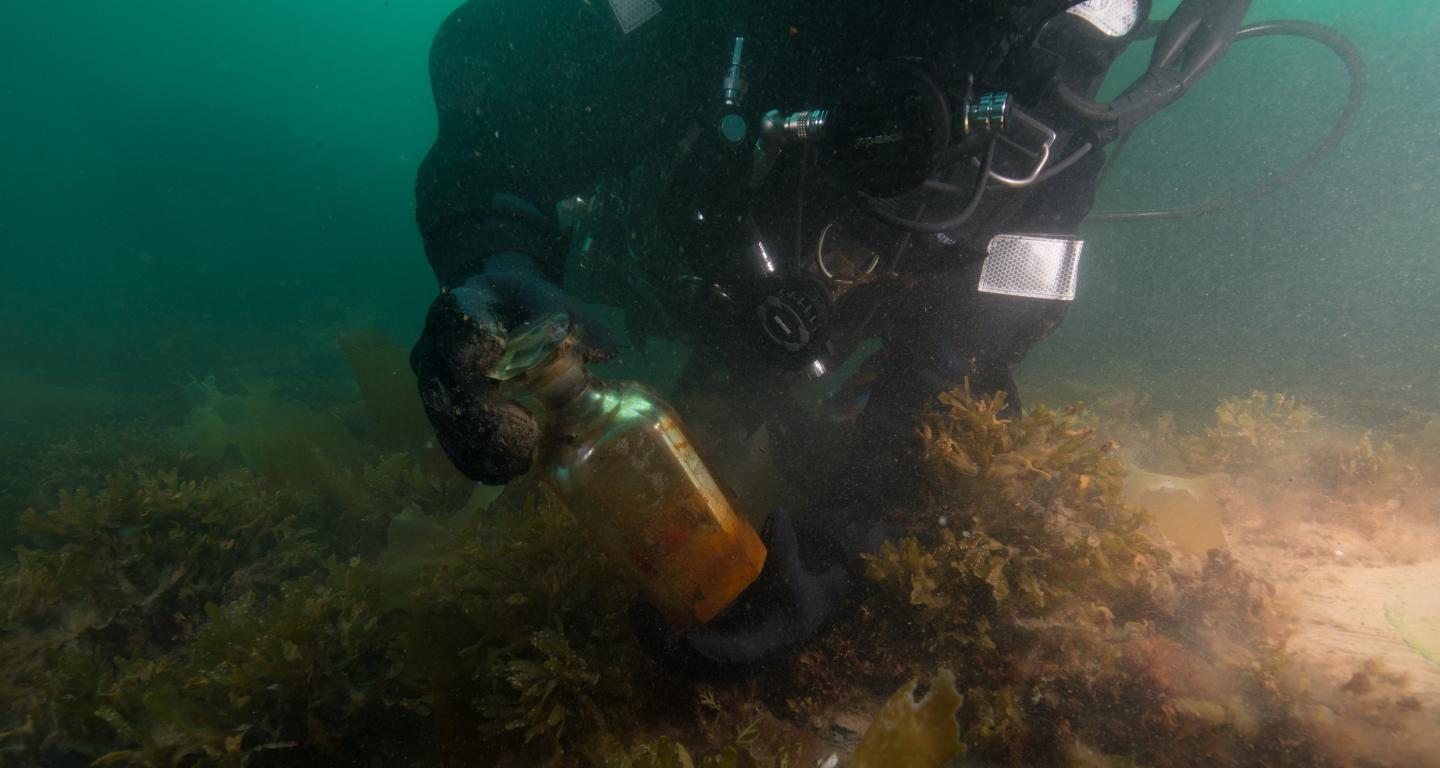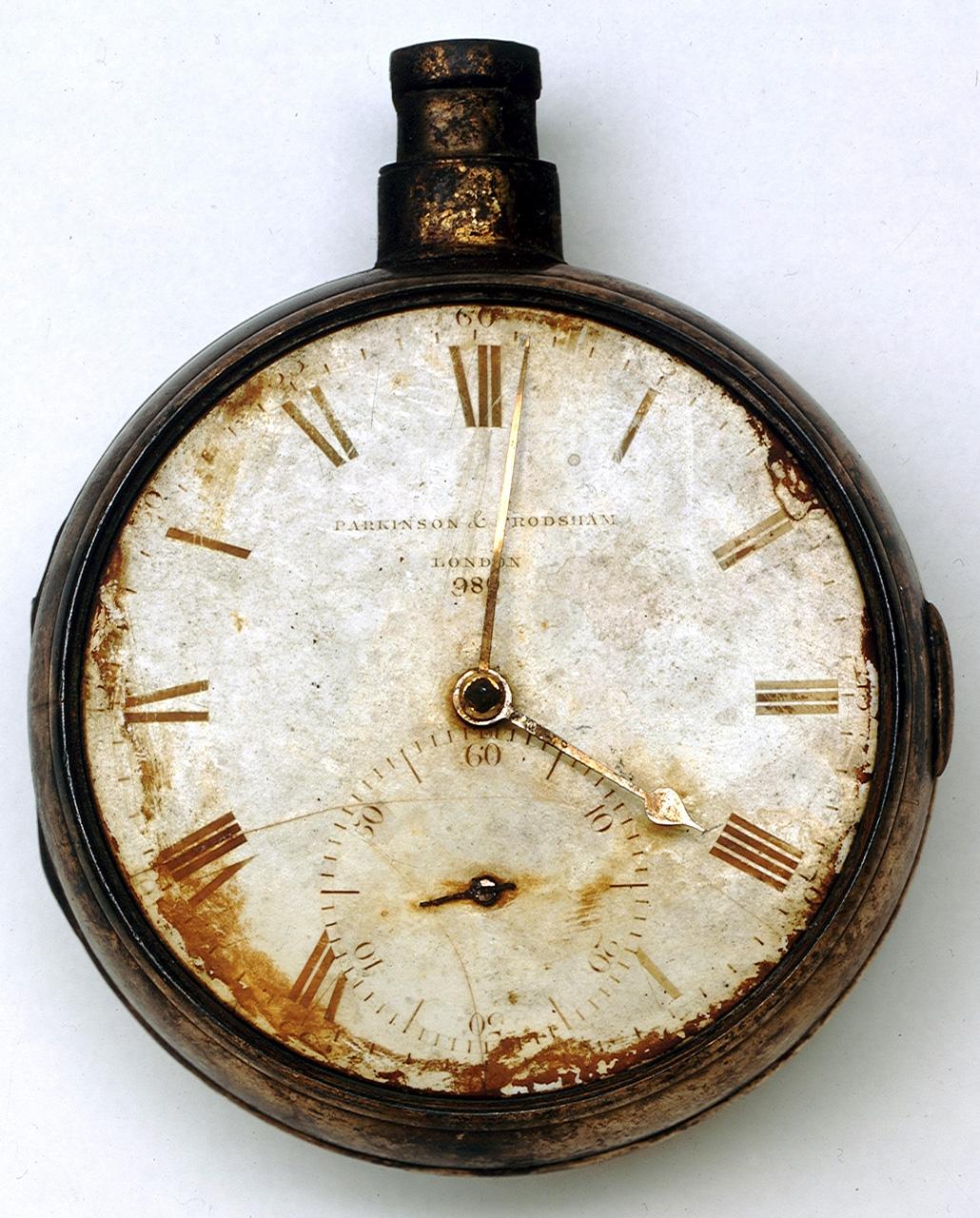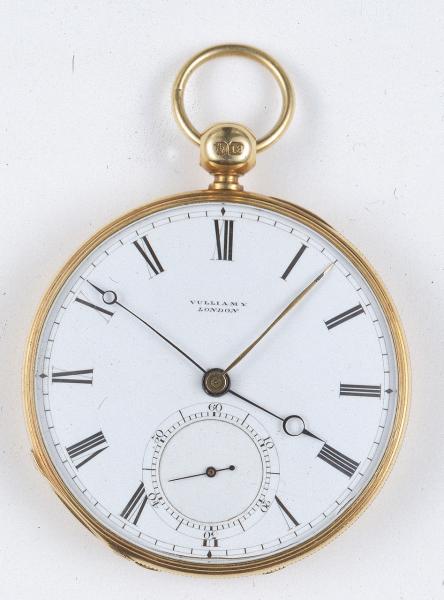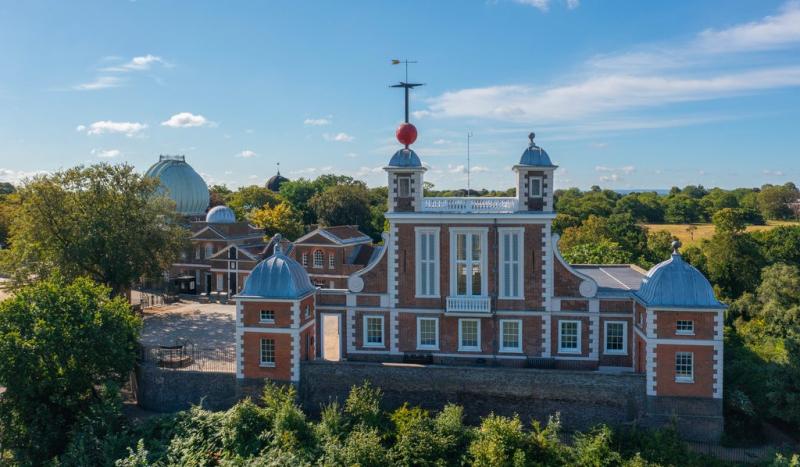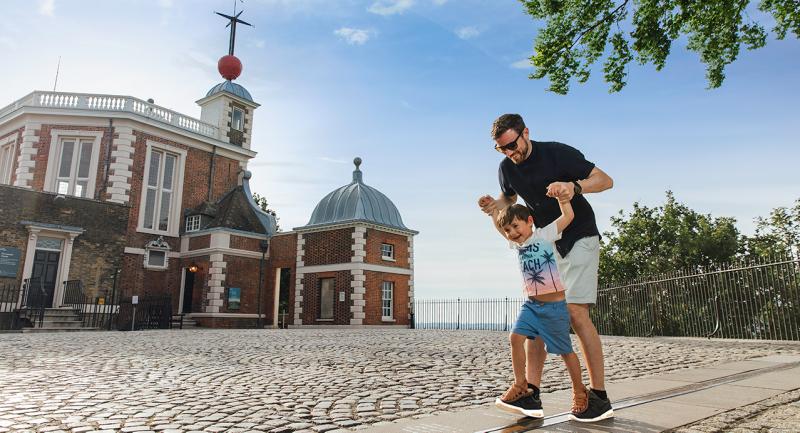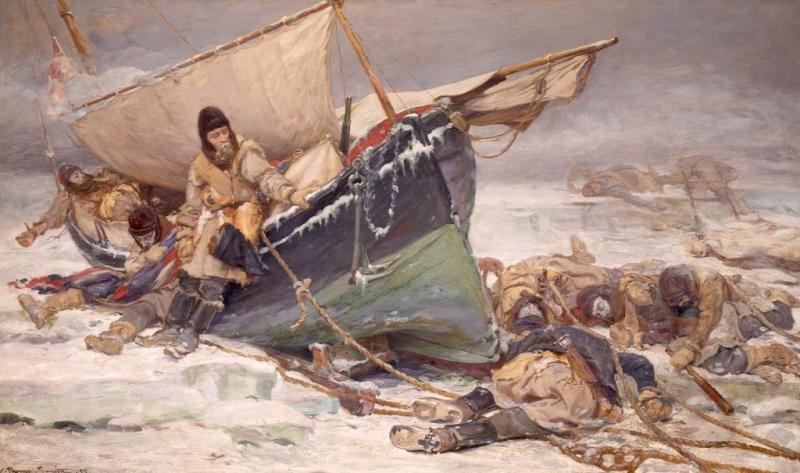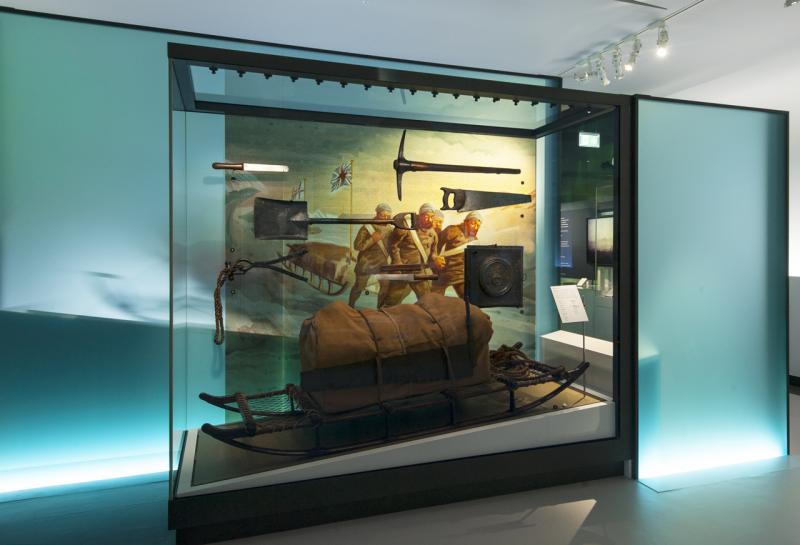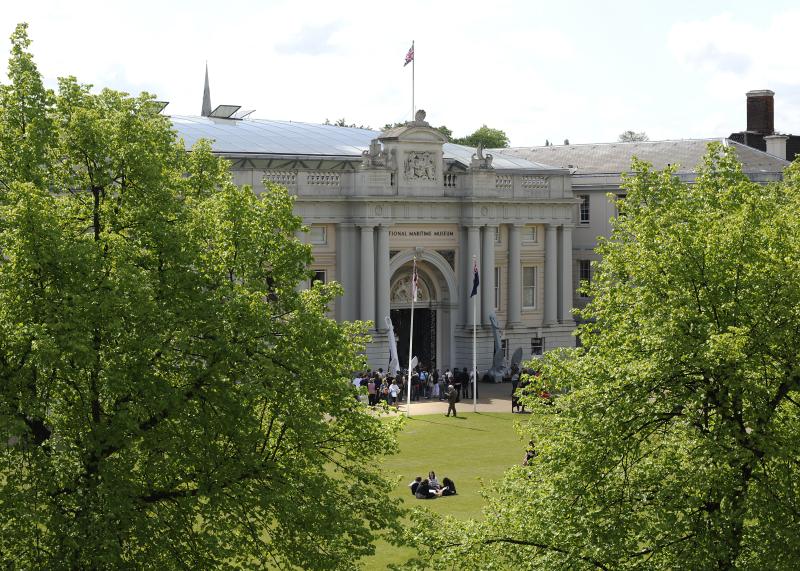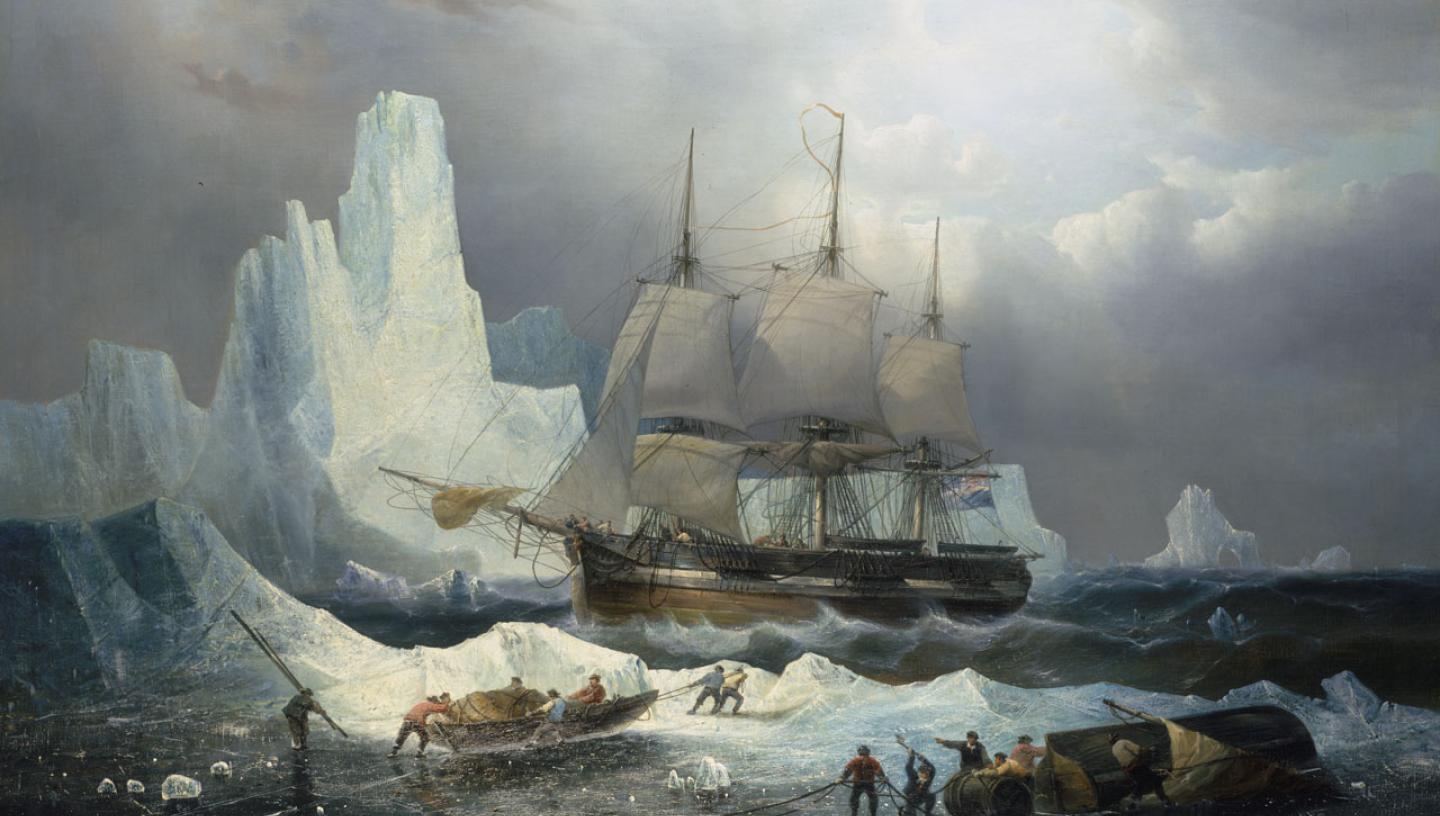
Written by Dr Emily Akkermans, Curator of Time at the Royal Observatory Greenwich
One of my favourite chronometers in our collection is perhaps an unlikely candidate to get excited about.
All that remains of this once highly accurate timepiece used to navigate at sea is the upper half of the box and an ivory plaque that allows us to identify the instrument as made by James Moore French in 1828 with the serial number 4214.
So what's so remarkable about an empty chronometer box?
Journey of a time traveller
Despite its unappealing appearance now, 'French 4214' was once a prized chronometer with a remarkable history. It journeyed on some very interesting 19th-century expeditions, including HMS Beagle's voyage to the Galapagos with Charles Darwin and the doomed Franklin expedition aboard HMS Erebus.
The Admiralty purchased 'French 4214' in 1828 for use on Royal Navy ships. It immediately accompanied Henry Foster, a brilliant naval captain and astronomer with a promising naval career, on board HMS Chanticleer, a scientific expedition to measure variations in gravity using pendulums across the Atlantic Ocean.
Fifteen chronometers were issued to help measure meridian differences, or differences of longitude, between ports and islands in the Atlantic. Unfortunately, Foster’s career was cut short as he fell from his canoe and was drowned in the Chagres River whilst measuring longitudes in Panama.
'French 4214' returned to England and was subsequently issued in 1831 to the second voyage of HMS Beagle with Captain Robert FitzRoy, accompanied by the now-famous Charles Darwin.
Alongside 21 other chronometers, 'French 4214' helped measure a chain of meridian distances around the globe and survey the coast of South America. After five years and 40,000 miles, 'French 4214' returned to the Royal Observatory in need of repair and maintenance.
Lost in the ice
The chronometer's fate was sealed when it was issued to HMS Erebus in 1845. Two Royal Navy ships, HMS Terror and HMS Erebus, captained by Sir John Franklin set off on a scientific expedition to the Arctic.
They were last seen in the summer of 1845, after which they were never heard from again. In 1848, the Admiralty launched the first of many searches in the hope of finding the expedition.
In 1849 a note was found describing how the ships had got stuck in the ice and were abandoned by the crew in 1848. Franklin had died a year earlier. Despite multiple rescue attempts, no survivors were ever found; both ships and 129 crew had seemingly disappeared.
The disaster captured the Victorian imagination and a total of 39 missions were sent to the Arctic to establish what had happened. Despite this, it was not until 2014 that Parks Canada found the wreck of HMS Erebus, followed by the discovery of HMS Terror in 2016.
Mysteries of the Arctic
American explorer Charles Francis Hall commanded one of the search expeditions in 1869. He later wrote that he found the box of 'French 4214' along with the remnants of a boat, an oak sledge-runner, part of the mast of the ship, two sheets of copper, a mahogany writing desk, parts of watches and silverware.
During the expedition, Hall shot a crew member whom he accused of attempting mutiny; he was never tried for the murder. Three years later he headed out on his third and final expedition, commanding the USS Polaris in an attempt to reach the North Pole. He would never return.
Less than six months after the Polaris departed in 1871, Hall accused German medical officer Emil Bessels of attempting to poison him. Hall died a couple of days later. An exhumation in 1968 revealed that his body had high levels of arsenic, but as arsenic was commonly found in medical kits, whether this was accidental or malicious remains unproven.
We hold many more relics of the Franklin expedition in our collection, found during various attempts to discover its fate. These include many watch and case parts and three pocket chronometers.
Two of these we can identify using the chronometer ledgers that staff at the Royal Observatory kept. These ledgers detailed the movements of chronometers between ships, dockyards, instrument makers and the Royal Observatory.
It is fortunate that the ivory plaque on 'French 4214' survived, enabling us to identify the instrument. On two of the pocket watches, the name and number of the maker are still legible on the dial, which is enough information to find the relevant entrance in the record books.
Searching the chronometer ledgers
The ledger books and cards contain approximately 14,000 pages of chronometers and the history of their use at sea. These historical records are incredibly unique and will allow many avenues for detailed research. It is unusual to study the history of use of a navigational instrument in such proportions as these records allow us to do.
Because of this information, we not only know that the Admiralty issued 'French 4214' to the HMS Chanticleer, HMS Beagle and HMS Erebus. We also learn that another Franklin chronometer, 'Arnold 2020', served on at least nine other ships before its issue to HMS Terror, and that a third, 'P&F 980', had been to the Arctic nearly two decades earlier with William Edward Parry.
Chronometer ledgers for French 4214 and Arnold 2020
Chronometer ledgers for French 4214 and Arnold 2020
However, the fact that these instruments survived is rare, and many more chronometers have been lost in the line of duty. As these were not all issued to such well-known voyages, they generally tend to go unnoticed in chronometer histories.
For the past decade, volunteers and staff at Royal Museums Greenwich have been attempting to photograph and transcribe these records so that they are available to researchers from a variety of disciplines. Currently, if a researcher wishes to study the history of a particular instrument, the records are straightforward to search. But a full transcription will allow far more information to be more readily available.
For example, from the limited transcription completed so far, we can see that over 10% of chronometers were lost during service. This was either the result of a shipwreck, or simply the instrument itself not returning from the voyage. A small percentage are recorded as stolen, and about 25% were sold post-service.
We could learn a lot more from a complete transcription, which would help us understand the wider context in which they were used and develop new questions for future research. If you are intrigued by this research, or any aspects of instrument use, navigation, and the history of science, please visit the transcription project on Zooniverse.
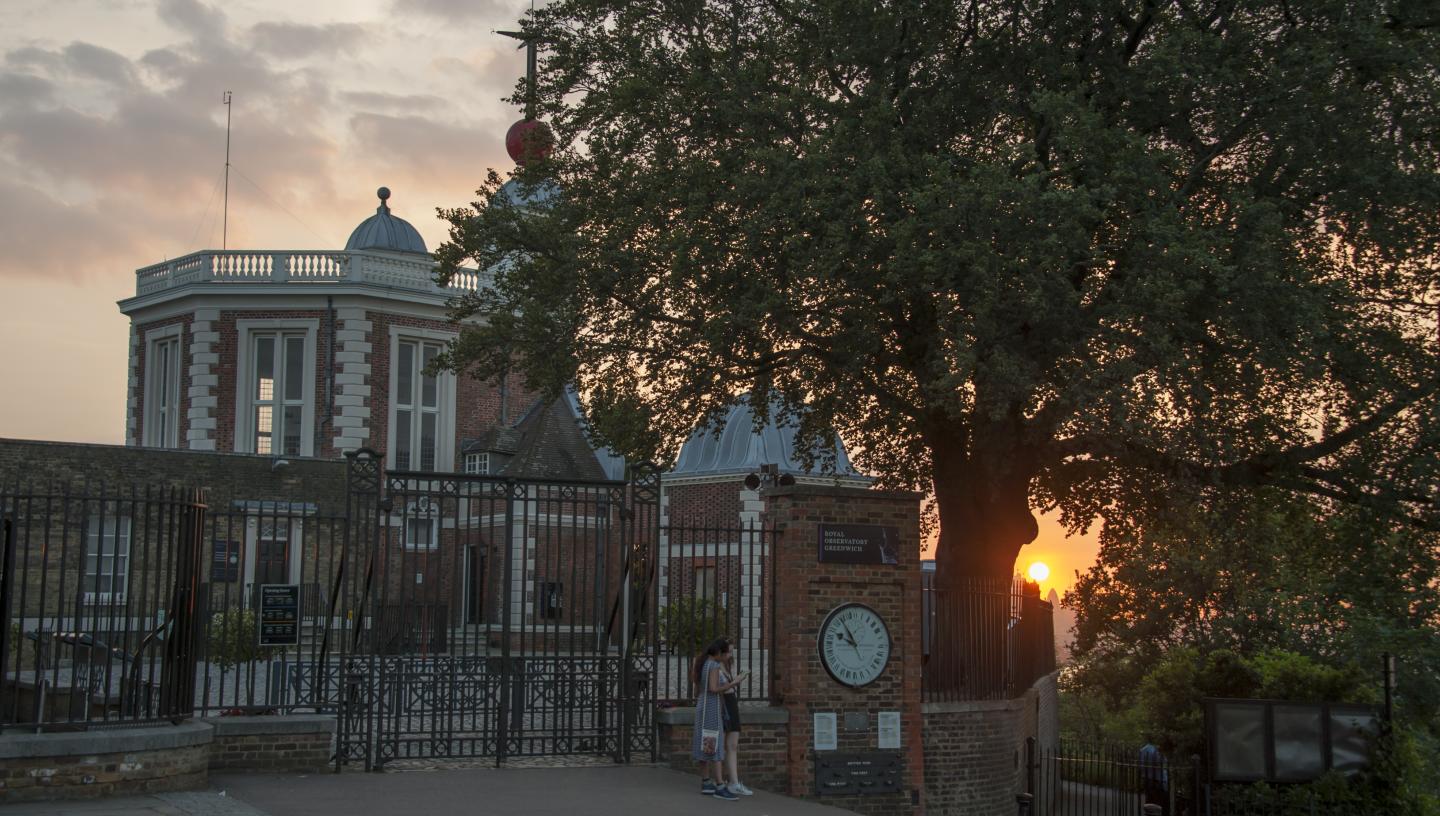
Visit the Royal Observatory
Header image: HMS Erebus in the Ice, 1846 by Francois Etienne Musin (BHC3325)
